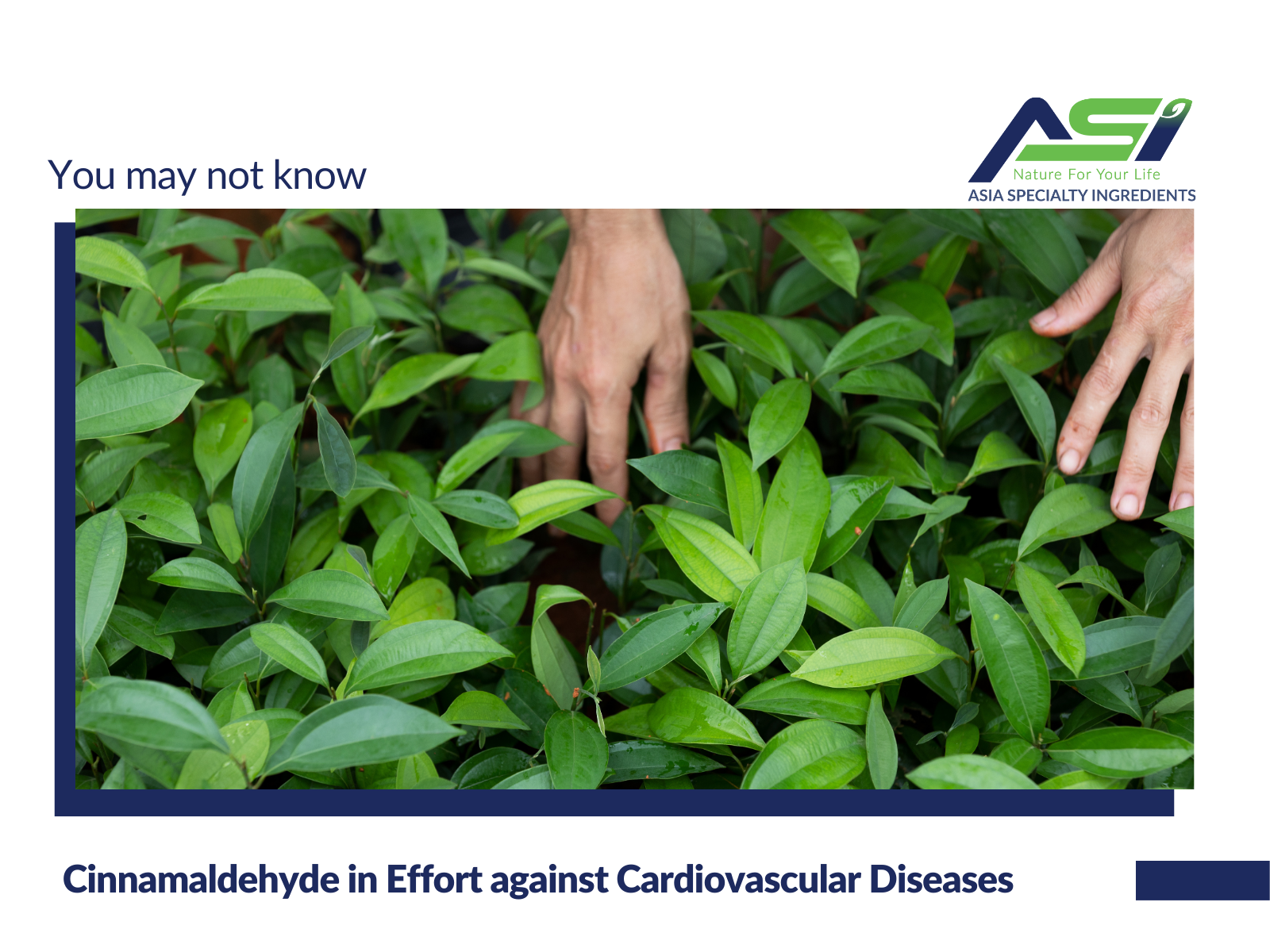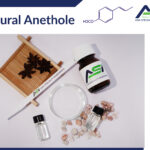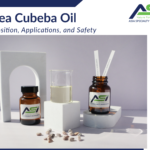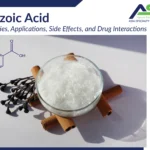Cinnamaldehyde, a compound found abundantly in cinnamon, has garnered increasing attention for its potential role in combating cardiovascular diseases (CVDs), a leading cause of morbidity and mortality worldwide. While cinnamon has long been valued for its aromatic flavor and medicinal properties in traditional medicine systems, recent scientific research has shed light on the specific mechanisms through which Cinnamaldehyde exerts its cardioprotective effects. From its ability to lower cholesterol levels to its anti-inflammatory and antioxidant properties, Cinnamaldehyde holds promise as a natural therapeutic agent in the prevention and management of CVDs. This paper explores the multifaceted impact of Cinnamaldehyde on cardiovascular health, highlighting its potential applications and avenues for future research.
Table of Content
ToggleWhat is Cinnamaldehyde: Origin, types and structures
Cinnamaldehyde is also known as Cinnamic Aldehyde or 3-Phenylprop-2-enal. It is a pale yellow to yellow liquid with a cinnamon-like aroma. It occurs naturally in the bark of cinnamon trees and other species of the genus Cinnamomum such as Verum and Cassia. The essential oils of these plants are the biggest natural source of Cinnamic Aldehyde.
There are two isomers of Cinnamic Aldehyde: cis and trans, the trans (E) isomer is the most predominant in nature. Below is some more information on Cinnamic Aldehyde:
Molecular formula: C9H8O
CAS No. : 104-55-2
EINECS No. : 203-213-9
FEMA No. :2286
Specific gravity : 1.046 to 1.050 @ 20 °C
Refractive index : 1.619 to 1.623 @ 20 °C
Natural Cinnamic Aldehyde is industrially produced by Cassia Oil fractional distillation.
Read more: https://asi-vn.com/all-about-cinnamic-aldehyde/
The most popular applications of Cinnamaldehyde
Cinnamic Aldehyde is widely used in many industries:
Flavor & Fragrance industry
Cinnamic Aldehyde’s most obvious application is as a raw material in Flavor & Fragrance formulations which are essential additions to various foods and beverages, perfumes, cosmetics, pharmaceuticals, personal care, and home care products.
Animal Feed industry
Cinnamic Aldehyde may be used as a dietary supplementation to improve nitrogen metabolism and increase feed use-efficiency in lactating dairy cows. Supplementing Cinnamic Aldehyde could improve rumen health and feed utilization. As a result, it helps to improve milk quality and yield and lower feed costs.
Agrochemical
Cinnamaldehyde has been tested as a safe and effective crop protection factor. Its biopesticide type includes Fungicide, Insecticide, and Repellant.
Pharmaceutical industry
Cinnamic Aldehyde is also used in the pharmaceutical industry thanks to its below characteristics:
- It has the function of sterilization, disinfection, and anti-corrosion.
- It has an anti-ulcer effect and can strengthen gastrointestinal motility.
- It has antiviral and antitumor effects.
- It can enhance the immune function of the body.
Cinnamic Aldehyde can be used to improve your health or well-being.
Cinnamaldehyde against Cardiovascular Diseases
Evidence from epidemiological studies has demonstrated that the incidence and mortality of cardiovascular diseases (CVDs) increase year by year. Due to limited therapeutic benefits and associated adverse effects of current medications, there is an urgent need to uncover novel agents with favorable safety and efficacy.
Cinnamaldehyde is a bioactive phytochemical suggested to possess curative roles against the development of CVDs:
Amelioration of Inflammatory Response
Inflammation is recognized as a necessary physiological process of the host in response to pathogen invasion or tissue damage, which ultimately results in the restoration of internal hemostasis. Nonetheless, inappropriate inflammation persistence is an obnoxious pathological phenomenon that induces tissue destruction and organ dysfunction, eventually leading to severe disorders. Chronic inflammation acts as the key threat in the pathogenesis of CVDs.
Cinnamic Aldehyde can encumber the production of proinflammatory elements and increase the generation of anti-inflammatory.
Improvement of Oxidative Stress
Previous studies have indicated that one essential reason why hyperglycemia is believed to be implicated in the etiology of CVDs is accounted for its inducible capacity to favor oxidative stress. CA alleviated high glucose-induced oxidative damage and vascular walls.
Alleviation of Myocardial Fibrosis
Interest in cardiac fibrosis has increased since the discovery of its contributing properties in deteriorating the reduction of myofiber compliance and exacerbating the dysfunction of heart contraction and dilation. Several studies determined that fructose-induced cardiac fibrosis was markedly improved by Cinnamic Aldehyde.
Cinnamic Aldehyde is also able to improve the process of blood pumping, which implies that Cinnamic Aldehyde displays a good prospect in the prevention and treatment of cardiac failure.
Read more: https://asi-vn.com/10-facts-about-cinnamic-aldehyde/
Conclusion
In conclusion, the exploration of Cinnamaldehyde’s role in combating cardiovascular diseases offers a glimpse into the potential of natural compounds in modern medicine. Through its diverse mechanisms of action, including cholesterol modulation, anti-inflammatory effects, and antioxidant properties, Cinnamaldehyde presents itself as a promising candidate for cardiovascular health promotion and disease management. Embracing the therapeutic potential of Cinnamaldehyde underscores the importance of harnessing nature’s remedies in our ongoing efforts to safeguard cardiovascular health and reduce the global burden of cardiovascular diseases.
Asia Specialty Ingredients (ASI), part of Asia Ingredients Group (AIG), specializes in the production and global export of essential oils and natural aromatics. Our range of products is meticulously processed using only the finest natural ingredients sourced from the typical lands of Vietnam, including Cassia, Basil, Star Anise, and more, ensuring good product quality. Contact us for more collaboration opportunity!








